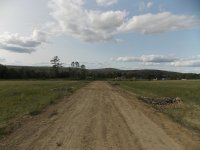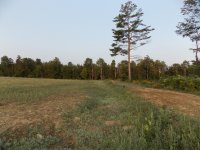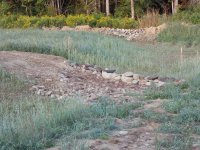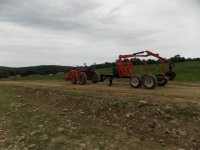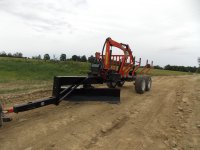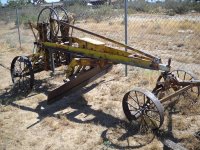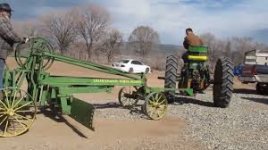Stomper
Gold Member
I need to landscape my yard better for drainage. I have to dig up the front yard for some sewer issues I am having anyway so since it is going to be messed up, I want to smooth it out some of the high spots and fill some of the low spots and slope the area for better drainage towards the culvert under my driveway. On the other side of the driveway I want to dig out the ditch a bit deeper and make it a more gentle slope so its a bit more user friendly for mowing. I have a freind that has a pto tiller that I will be able to borrow to till up the ground for replanting the grass. I will eventually be doing the same for by back yard. The back yard is fairly good already but I would like to create a gentle ditch to control the rain and snow melt better. Right now it kind of goes all over the place. also the driveway could use some better sloping also. I could probably do all this with my loader but I think it would be much easier and quicker with one of the following impliments. What would be the best tool for the job. Land plane, box blade or rear blade. My tractor is a L2501 and the rear tire width is 62". How wide of impliment should I go with. I have no experience with any of these impliments but from researching them I think the rear blade would be best and it might come in handy for moving snow in the winter. Thankfully it's the cheapes. New 6' land plane is $1800. New 5' box blade is $1200. New 7' rear blade is $600
Any help will be greatly appreciated.
Any help will be greatly appreciated.
Last edited:

